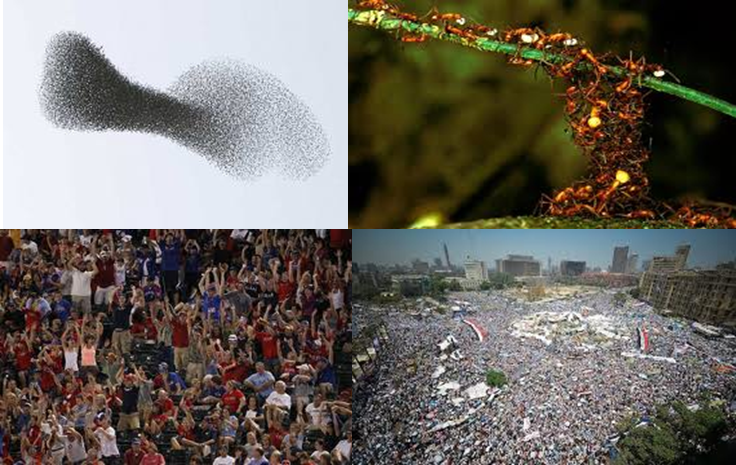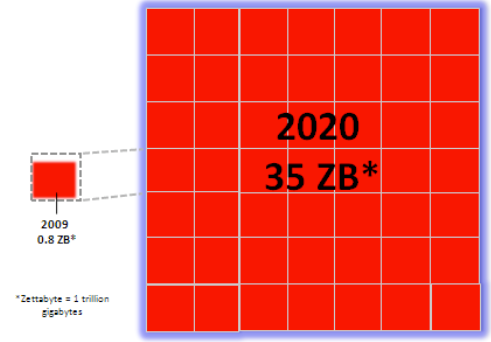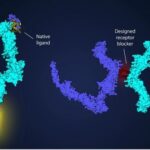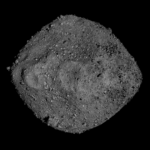
The Internet and wireless communications is changing the way we learn and problem solve for the majority of humans on this planet. Today we have 2.7 billion connected through the Internet. By 2020 we will add another 3 billion, more than doubling the user community. The vast majority of these new users will access the Internet by mobile smartphones, as powerful as the desktop computer I currently use to write this blog. They will benefit from the collective knowledge already aggregated on millions of sites and gain an ability to solve problems using the social networking and collaborative learning and knowledge sharing environments that are online. I know this because every day this is what I do to research the articles I write.
Humans Started Developing Global Intelligence Thousands of Years Ago
The invention of pictorial characters and symbols to represent objects, actions and ideas is thousands of years old. It appears to have happened simultaneously in human populations all over the planet and appeared as cuneiform in Babylon, Phoenician, Greek and Latin alphabets in the Mediterranean, hieroglyphics in Egypt, Hebrew, Aramaic and later Arabic in Southwest Asia, Sanskrit in South Asia, and pictorially throughout China, Japan and Korea. Whether etched on tablets of clay, or carved into stone and cement, or inked on papyrus, sheepskin or paper, humans began gathering and sharing a body of knowledge to pass along from generation to generation.
When Gutenberg took Chinese block printing and redefined it in movable type and the printing press, modern publishing emerged. Newspapers, pamphlets, and books appeared in Europe and as European explorers reached the Western Hemisphere, soon became common throughout the Americas. The cost of preserving knowledge dropped dramatically making it much easier to assemble vast quantities of information in libraries and archives.
In the latter part of the 20th century computers turned printed words and images into digital information. Local Area Networks or LANs let users share the printed words within businesses and organizations. Then with the arrival of the Internet and search tools like Google, the knowledge dissemination paradigm changed forever. Where research in the past had me spending hours in libraries and reading journals and newspapers, today I construct a search request in natural language which yields a treasure trove of information that I can quickly scan and sort. I do this at my desktop computer, or on a laptop, a netbook, or a tablet, or on my daughter’s iPod or, on my smartphone. When I get my Internet LED TV next year I’ll even be able to do it there. For global intelligence gathering and information sharing it has never been easier.
Defining Global Intelligence
As a species we humans have developed skills for collaboration to help solve basic human needs – food, shelter, and survival in an often hostile world. Our social grouping began confined to families and then extended families and finally to tribes and villages. But knowledge sharing remained within close proximity to the owner of the knowledge. As we developed better means of survival, living longer, more of us could share experiences and pass this information long from generation to generation. As our numbers grew and organized living units got bigger we developed print and pictorial technology as a means of preserving knowledge. We developed institutional learning to share knowledge through schools and libraries. We created special knowledge keepers, librarians, who served as intermediaries between ourselves and our accumulated wisdom. We organized our knowledge, developing catalogs in which we could search on our own for the knowledge we sought. Some of my best memories of university life involved doing extensive searches for esoteric subject matter and then descending into the university stacks to pluck a rare book or primary source from where it was hidden.
But all of this collected knowledge remained accessible to only a fraction of humanity, that is until the Internet and the digital revolution. Today university libraries around the world are seeing their entire collections digitized and made accessible through web browsers.
Global Intelligence to Kick Start the Developing World
How much information sits on the Internet today? According to EMC, the storage company, we were at 1,200,000 petabytes of data as of 2010. (A petabyte is equal to a million gigabytes.) My hard drive is 1 terabyte and it currently is 30% used. So if I do the math correctly, that 1,200,000 petabytes equals 1.2 billion 1 terabyte drives. By 2020 that number is expected to grow to 35,000,000 petabytes or 35 billion 1 terabyte drives.

Not only are we witnessing a learning revolution brought to you by the creators of the Internet and delivered over smartphones to users in the Developing World, we are also seeing an explosion in knowledge creation.
Now add 3 billion new users and an environment on the Internet that encourages group think, shared problem solving, and a collective means of generating solutions to everyday and exceptional problems, and you can begin to fathom the potential growth in global intelligence.
Creating Collective Wisdom
We define intelligence as an ability to learn, reason and problem solve. When we add the Internet and social networking applications we suddenly create a forum where we can deposit vast amounts of information that becomes accessible to billions of us. In addition we can use the interactivity of the Internet to create brainstorming on a global scale. That is what collective wisdom is all about. And we accomplish this using a number of Internet tools that provide an environment for breeding:
- Collaboration and cooperation through private social networking, bulletin boards and FTP file download sites where user generated content gets stored and shared
- Swarm intelligence derived from self organization (think how a wave gets started in a football or baseball stadium, or how a movement like Arab Spring develops from a single act of desperation leading to a multiple individual responses and an entire national movement)
- Crowdsourcing to tap the creative talent and knowledge of those who can provide solutions to your problems
- Knowledge aggregation with Wikipedia the prime example, a self organizing body of knowledge that has replaced former knowledge aggregators like Britannica
- Self-paced learning through sites like Khan Academy where anyone can learn about hundreds of subjects by accessing free educational video tutorials covering math, biology, chemistry, physics, art, history, economics and finance.









